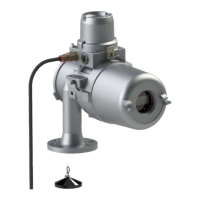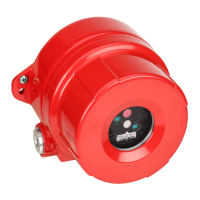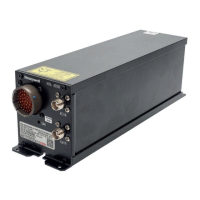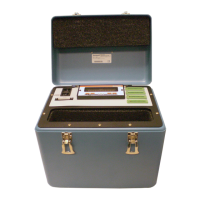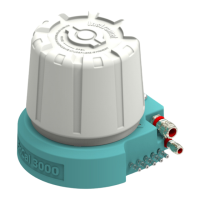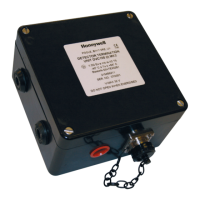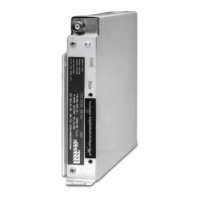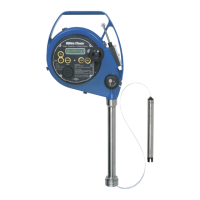CHAPTER
3
Configuration and Operation
Test Lamp Operation
Honeywell®, in compliance with NFPA 72 codes, developed portable test lamps for periodic testing.
The function of the test lamp is to quickly and effectively ensure the flame detector’s optical path is
not blocked, the detector is aimed properly at the fire threat area (that the detector mounting
bracket didn’t move or was accidentally bumped by someone), and the detectors alarming circuitry
and outputs (i.e. relays, 4-to-20 mA, etc.) all function properly.
Note: For detailed information, see Portable Test Lamps User Manual
While a built in through window test can indicate a dirty window, it cannot fully show that a flame
detector can see and respond to a fire at specific positions in the field of view. For that reason
regular testing (at least quarterly) with the dedicated test lamp is recommended.
For testing, in compliance with best practice and NFPA 72 Codes for flame detectors, as
manufacturers of the FSX Plus product line, tests are made using the Honeywell® TL-2055 Test
Lamp with a range of 10-25 ft when fully charged.
See the Appendices for details of FS24XPlus™ configuration.
WARNING
RISK OF EXPLOSION
Use test lamp model TL-1055 in non-hazardous locations only. For hazardous locations, use model
TL-2055.
WARNING
RISK OF UNINTENTIONAL EMERGENCY RESPONSE
Testing the flame detector will result in an alarm. Ensure all personnel and emergency responders
have been appropiately notified of testing and/or disconnect/disable outputs (including RS-485, 4 -
20mA, and relays) prior to testing.
Honeywell® FS24XPlus™ | User Manual
25
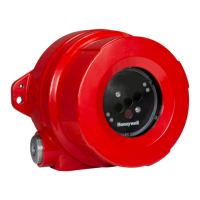
